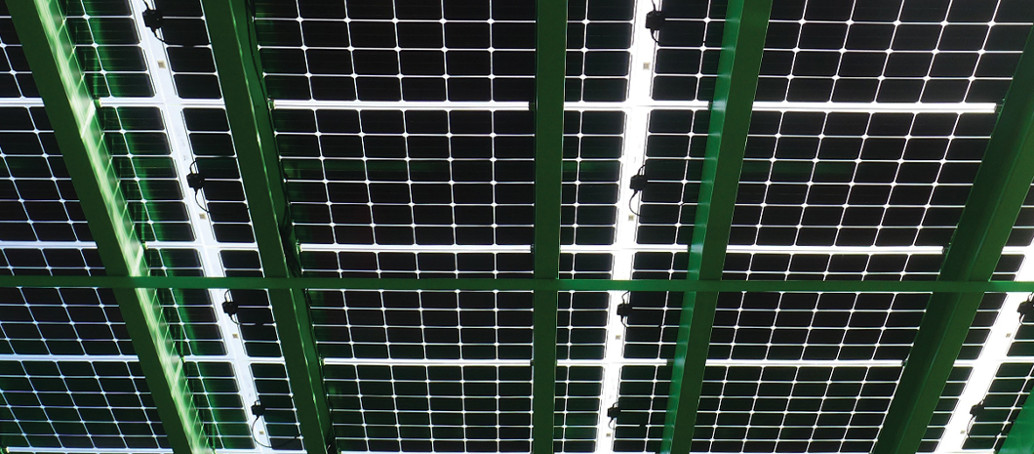Yesterday Sunpreme, a maker of heterojunction solar cell and modules, announced its biggest deal to date at the Solar Power International trade show – a 150 MW master supply agreement with True Green Capital Management (TGC).
Under the agreement, the Sunnyvale-headquartered PV maker will supply its bifacial Hybrid Cell Technology (HCT) modules, which like other heterojunction designs incorporate a crystalline silicon cell layer sandwiched between thin amorphous silicon layers, for commercial and industrial solar projects over the course of three years.
The modules which Sunpreme will deliver to TGC are rated 380-420 watts, at the high end of power ratings for commercially available PV modules, and incorporate a glass-glass design with average efficiencies of 22%.
This is a massive volume for Sunpreme, whose website states that the company has supplied modules for 50 MW of projects that are either completed or under construction. And it is not only a big deal for the company, but a large volume for any heterojunction technology. To date by far the largest and oldest producer of heterojunction cells and modules has been Panasonic, and other like other high-efficiency designs heterojunction makers have struggled to reduce costs and gain scale.
It is unknown what role the pending Section 201 trade case has in this deal. Analysts and solar developers have told pv magazine that most tier 1 PV makers have sold out of product through the end of the year, as installers and construction contractors hoard PV modules in anticipation of trade action by the Trump Administration.
Sunpreme’s current PV production is located near Shanghai, and the three-year term of the deal would extend well beyond the beginning of any action imposed by the Trump Administration, should U.S. trade authorities find damage in the Section 201 case. However, given that Sunpreme is offering a premium product, its cost may already be similar to the recommended minimum price that petitioner Suniva has requested.
Sunpreme may not yet even have the capacity to accommodate this order, which was alluded to by TGC in the press release, and the result may be new U.S.-based manufacturing. “We expect that Sunpreme will expand its production capacity, ideally with a US based manufacturing facility that creates new US high paying jobs in the solar business, while providing our Fund III limited partners with a secure source of high quality solar panels at attractive prices,” stated TGC Managing Partner Panos Ninios.
And this is not the only sign in the industry that high-efficiency solar is on the rise. Both SunPower and LG have announced new back-contact technologies, and for LG this is its first move into a space which has been dominated by SunPower.
Sunpreme’s latest deal with TGC follows on the supply of 10 MW of PV modules for a massive rooftop solar project for the Los Angeles Department of Water and Power, as part of a three year relationship of more than three years between the two companies. TGC recently raised a $350 million fund to expand its work in the U.S. C&I sector, which is growing even as the U.S. residential segment begins to flag.
This content is protected by copyright and may not be reused. If you want to cooperate with us and would like to reuse some of our content, please contact: editors@pv-magazine.com.



By submitting this form you agree to pv magazine using your data for the purposes of publishing your comment.
Your personal data will only be disclosed or otherwise transmitted to third parties for the purposes of spam filtering or if this is necessary for technical maintenance of the website. Any other transfer to third parties will not take place unless this is justified on the basis of applicable data protection regulations or if pv magazine is legally obliged to do so.
You may revoke this consent at any time with effect for the future, in which case your personal data will be deleted immediately. Otherwise, your data will be deleted if pv magazine has processed your request or the purpose of data storage is fulfilled.
Further information on data privacy can be found in our Data Protection Policy.